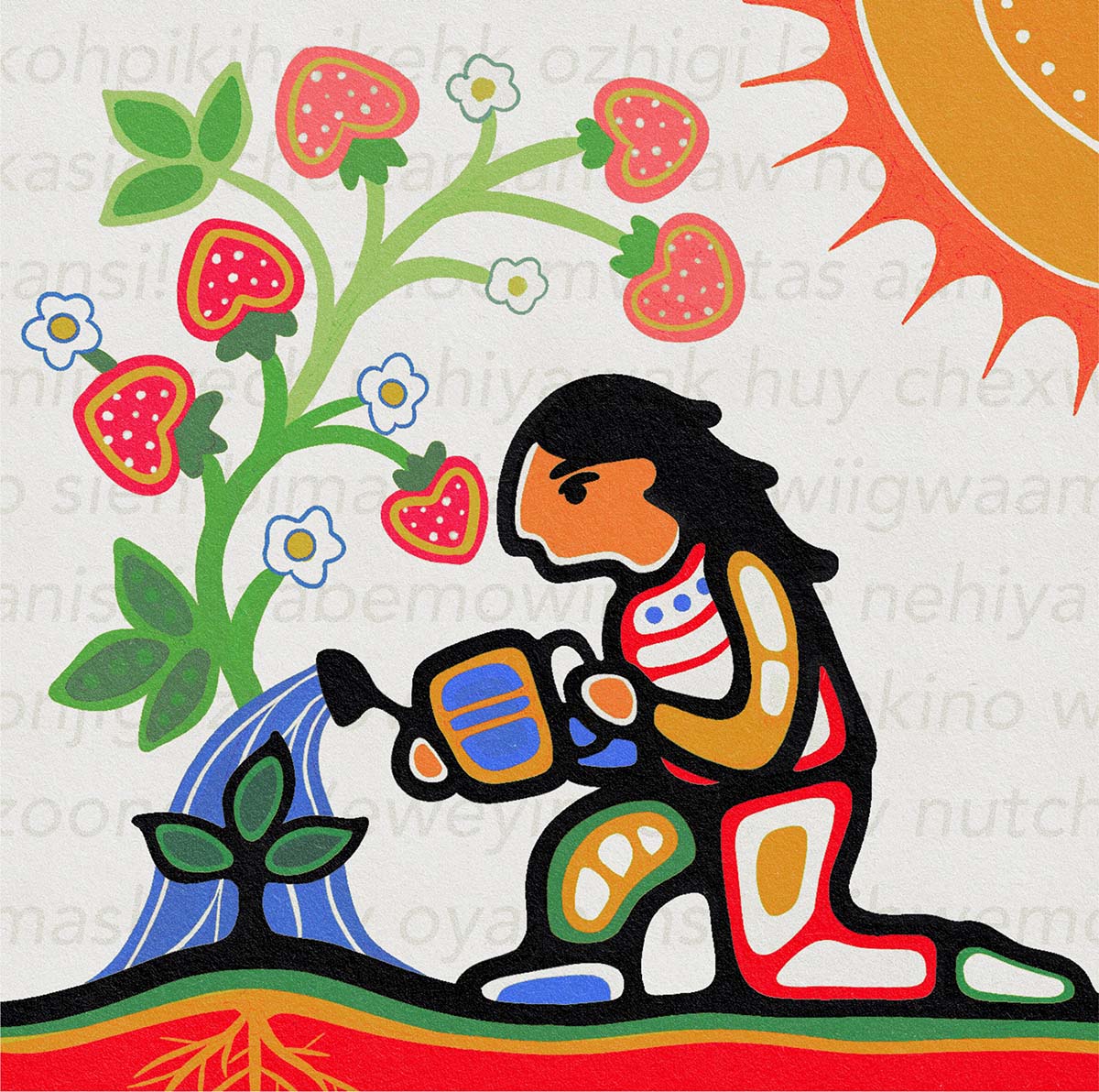- cross-posted to:
- anthropology@mander.xyz
“Tansi, today we are going through some random phrases,” Julia Ouellette says to the camera. She holds up slips of paper with English words while repeating the Cree translations quickly and then slowly. “tantahtwaw,” she says, holding a paper that says “how many,” emphasizing each syllable. “tantahtwaw. Repeat after me.”
Ouellette, a grandmother from Makwa Sahgaiehcan First Nation in Saskatchewan, posts Cree-language videos regularly on TikTok, where she has more than 16,800 followers. The videos are casual, with a simple formula: Ouellette, in glasses, with her hair tied back, offers viewers a few Cree words or phrases to practise aloud. In both languages, her voice has the distinct quality of a Cree speaker: rich and resonant, her “r”s and “l”s—consonants not found in Cree—are especially pronounced when she speaks English. A former language teacher at Big Island Lake Cree Nation in Saskatchewan, she started posting videos on TikTok in 2020 that included such COVID-era phrases as “wash your hands” (kasichiche) and “get away” (awas), along with more cheerful ones, like “Merry Christmas” (miyo-manitowi-kîsikanisi). Ouellette never writes out the Cree words or phrases, instead instructing the viewer to repeat what they hear.
Ouellette is part of a growing community of Indigenous-language speakers using social media as a teaching tool. James Vukelich Kaagegaabaw, a descendant of Turtle Mountain, shares an Ojibwe word regularly with his 135,000 Instagram followers. Jonathan Augustine, who goes by RezNeck Farmer on TikTok, shares Mi’kmaw lessons along with folksy videos about gardening. Zorga Qaunaq, under the username Tatiggat, posts on TikTok about daily life, beading, and Inuit culture, alongside how to properly pronounce words like “Inuit.”
And to think, this is just a sliver of the good that modern communications could do if we didn't live in capitalist hellworld.



